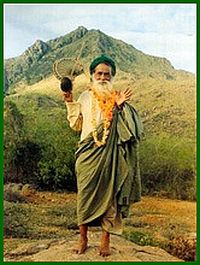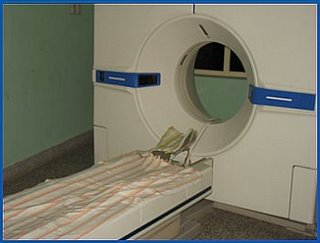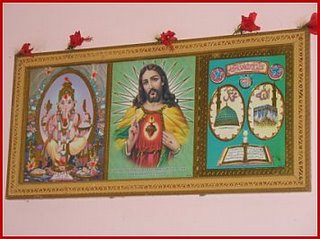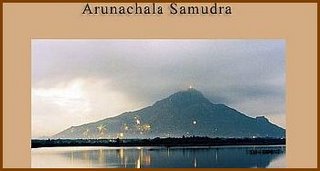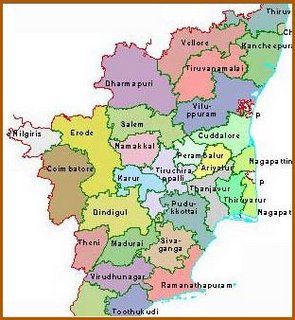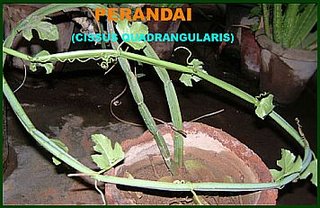
The DMK party is poised to win the prestigious Tiruvannamalai Municipal Chairman post for the second consecutive term.
In the 39-member council, two key candidates of the DMK won unopposed and elections were held in the remaining 37 wards. Out of which both the DMK and the AIADMK won 16 wards each, Congress 1 ward and Independents 4 wards. As such the DMK alliance gained a majority with the support of 19 councillors.
Of the four Independent councillors K. Mohan of the 8th ward was an official candidate of the DMK and M Jamilabeevi of the 34th ward was successfully persuaded to join the DMK party before the elections.
Both these candidates, though officially called as Independents, would in fact represent the DMK in the Council thus bringing the DMK's strength in the Council at 21.
With the DMK and its ally PMK winning 13 wards in the 24-member Vandavasi Municipal Council, the DMK is set to wrest the Chairmanship from its ally, Congress.
The DMK won 10 wards on its own, (marking a dramatic comeback from zero in the outgoing Council) while the PMK won 3. While the incumbent Congress failed to win even a single ward, Independents emerged victorious in seven wards keeping up the legacy of the Council of having a greater number of Independents.
AIADMK ended up in winning one ward, the DMDK gained two Councillor posts and the MDMK now has one Council member.
Town Panchayats
Except in Polur, where the DMK won by a clear majority, Independents will be playing the key role in deciding the President of their respective local bodies in the remaining nine Town Panchayats in Tiruvannamalai District.
Out of 145 wards and 10 town panchayats, Independents won in 51 places, with remaining wards as follows: the DMK 38, AIADMK 32, PMK 9, Congress 7, DMDK 6 and MDMK 2.
Not only in total, but also in most individual Town Panchayats, Independents were the highest scorers and thus hold the crucial position as both main political parties are tied in terms of numbers.

